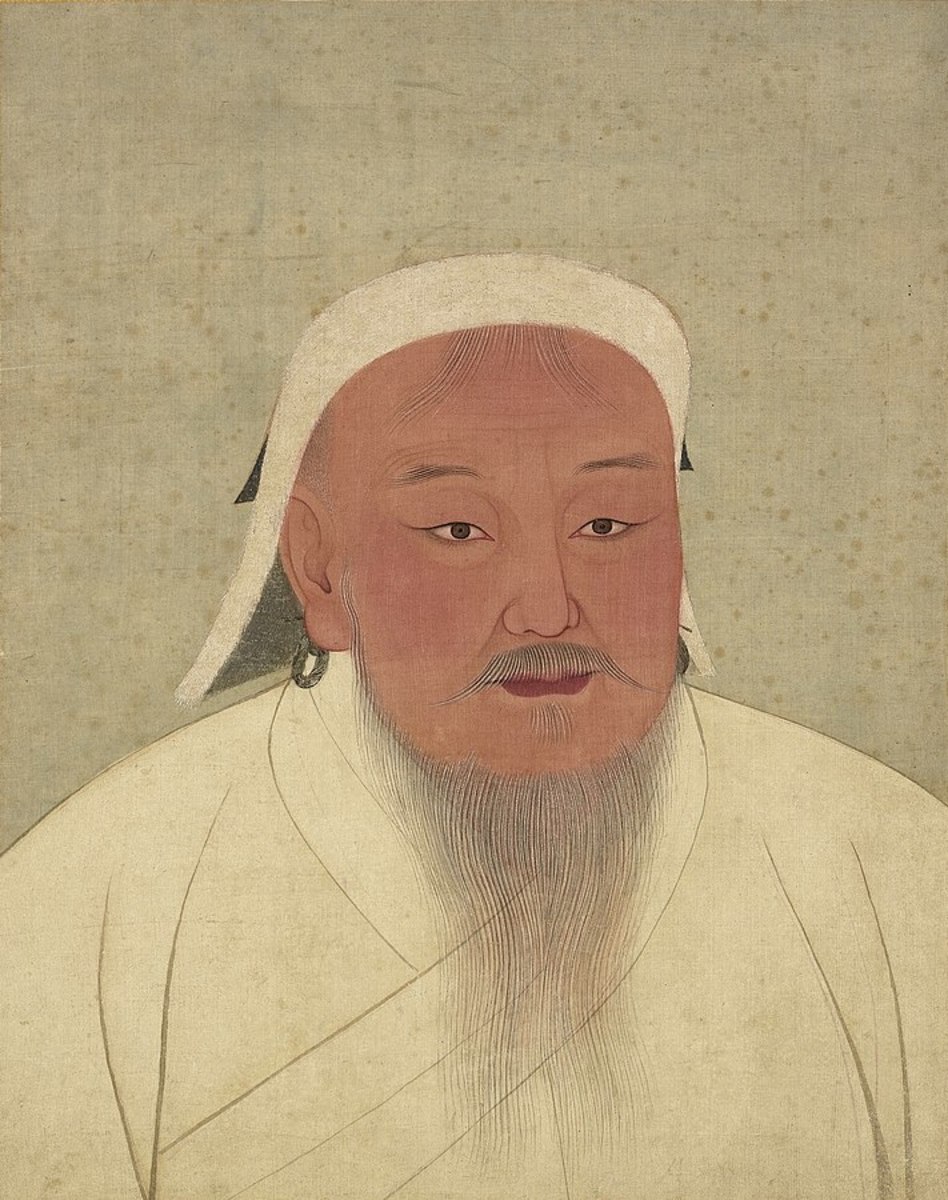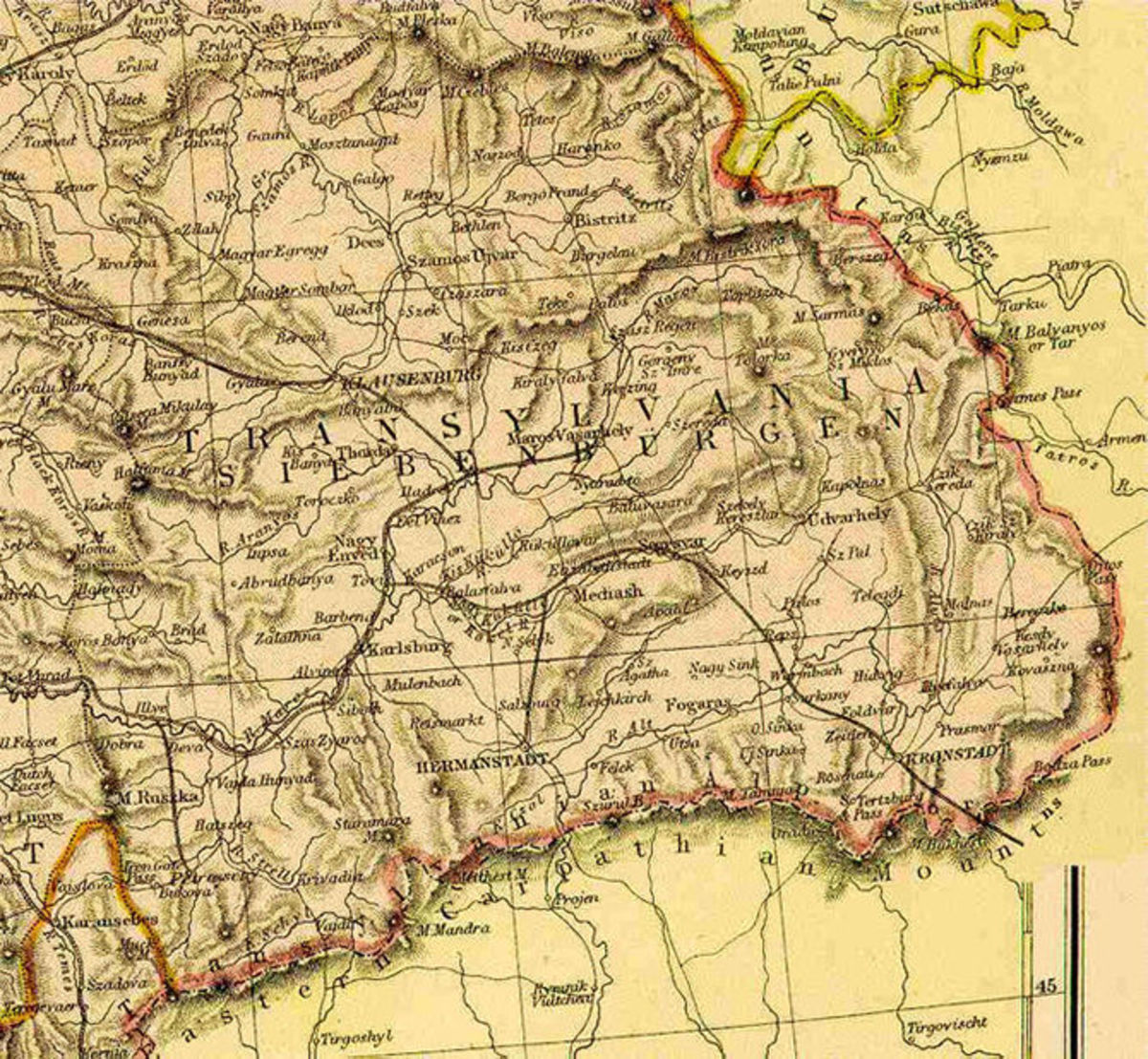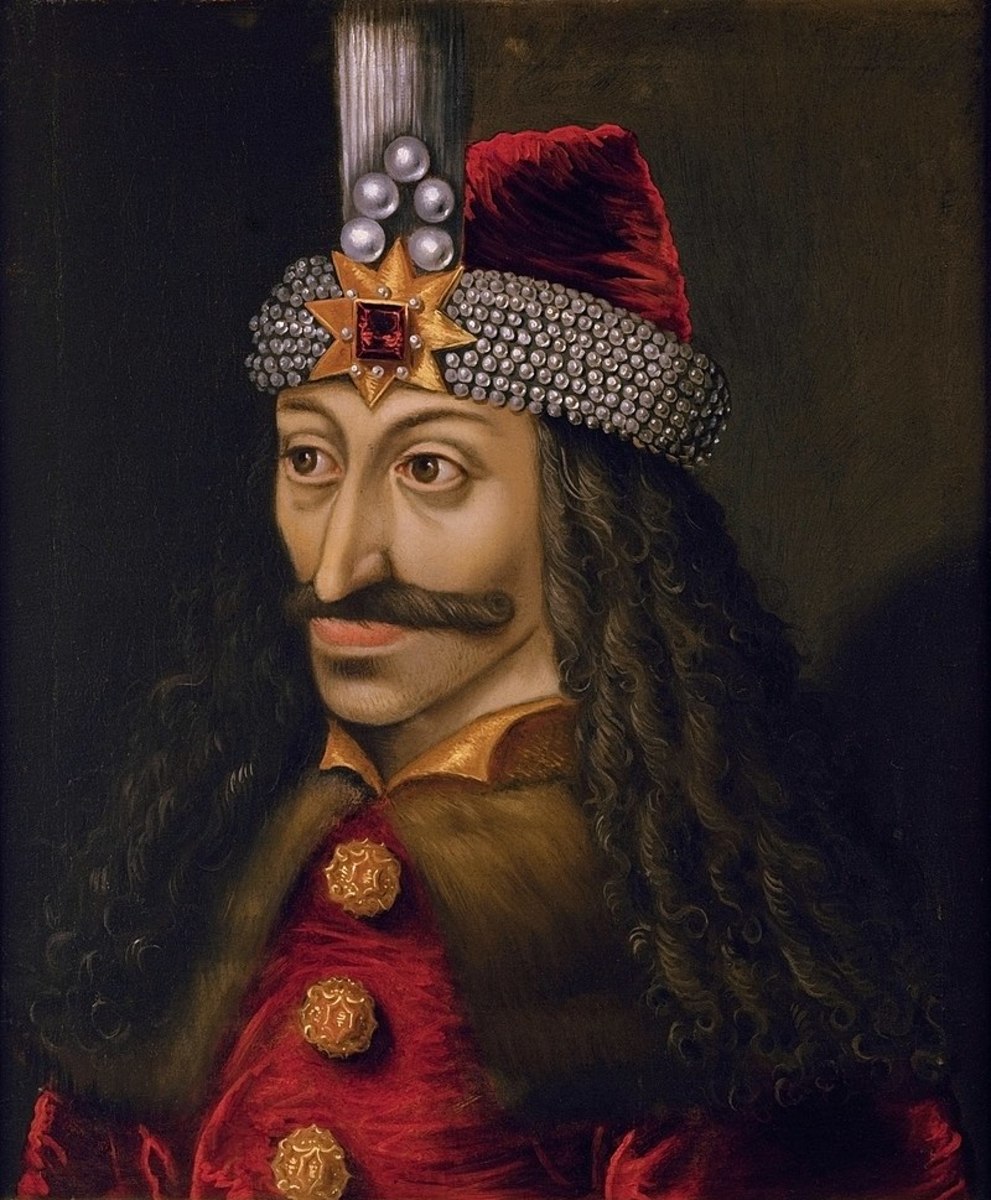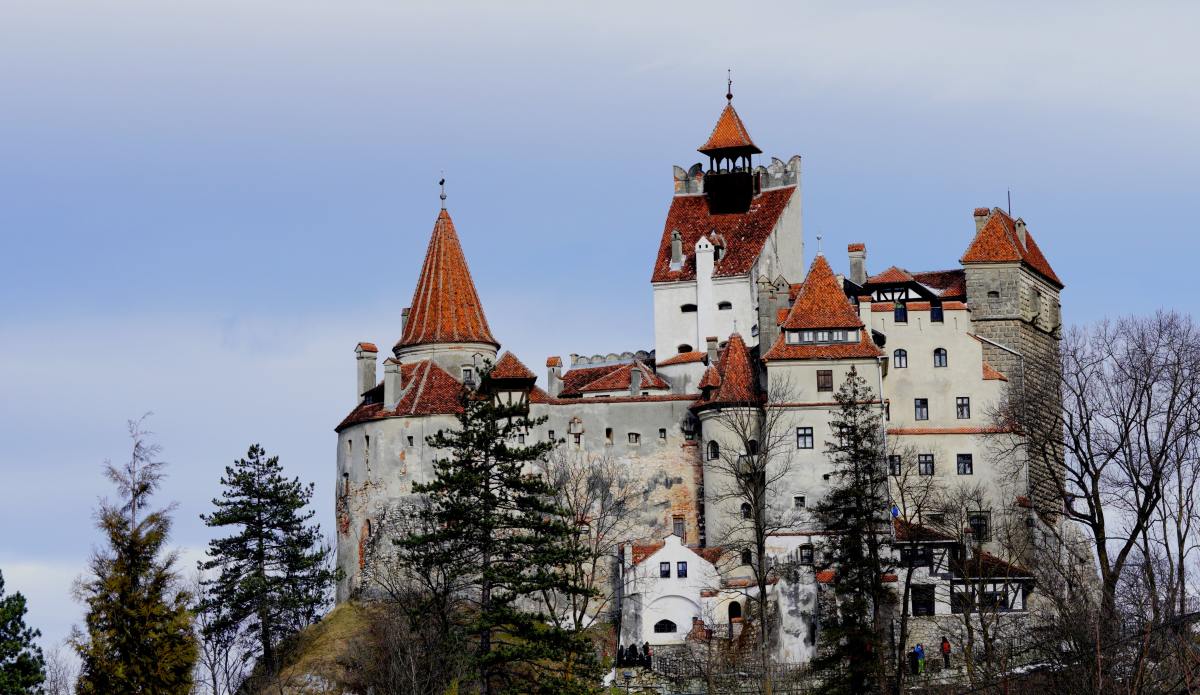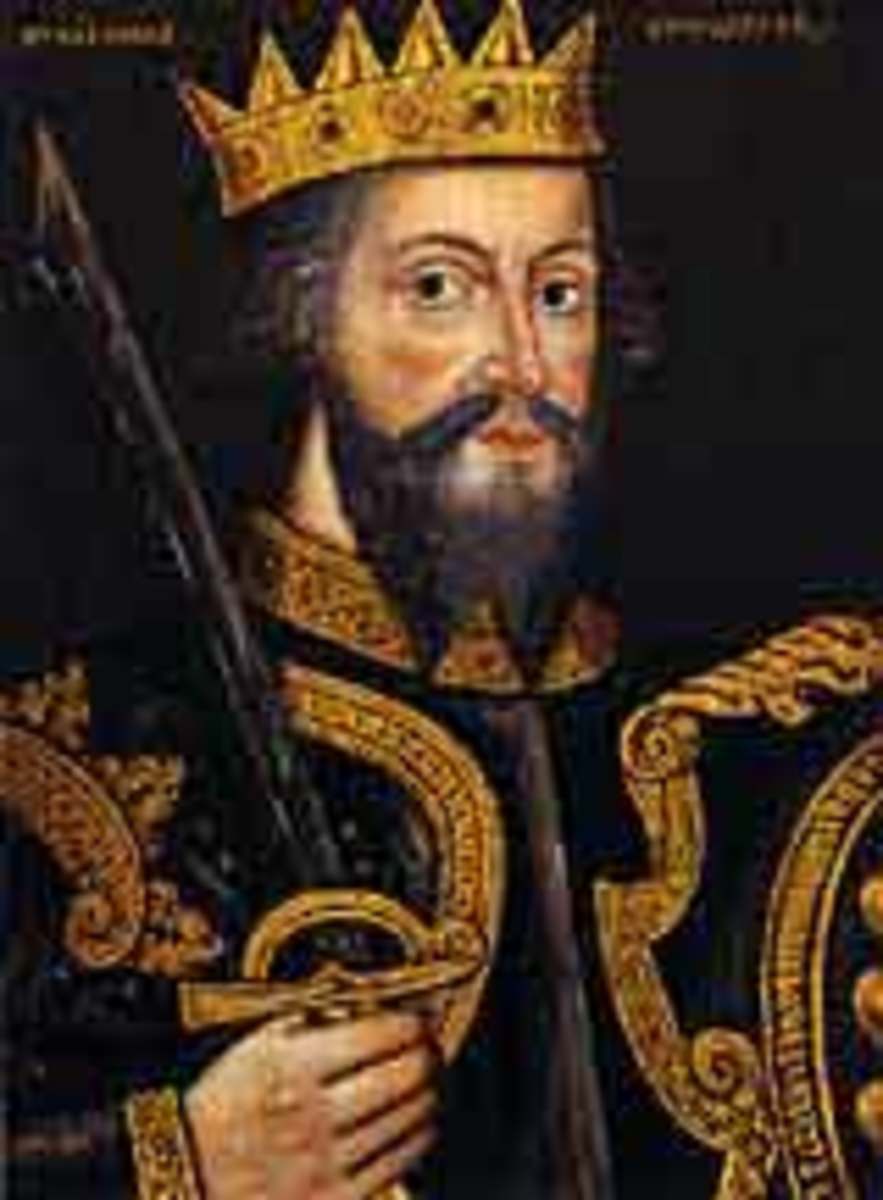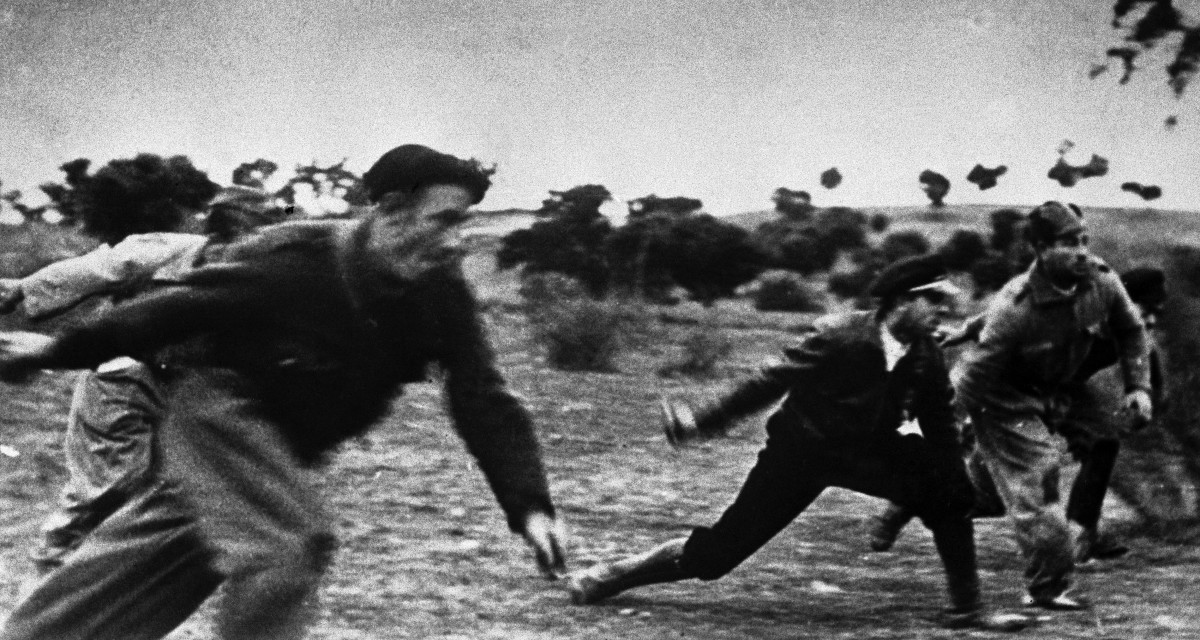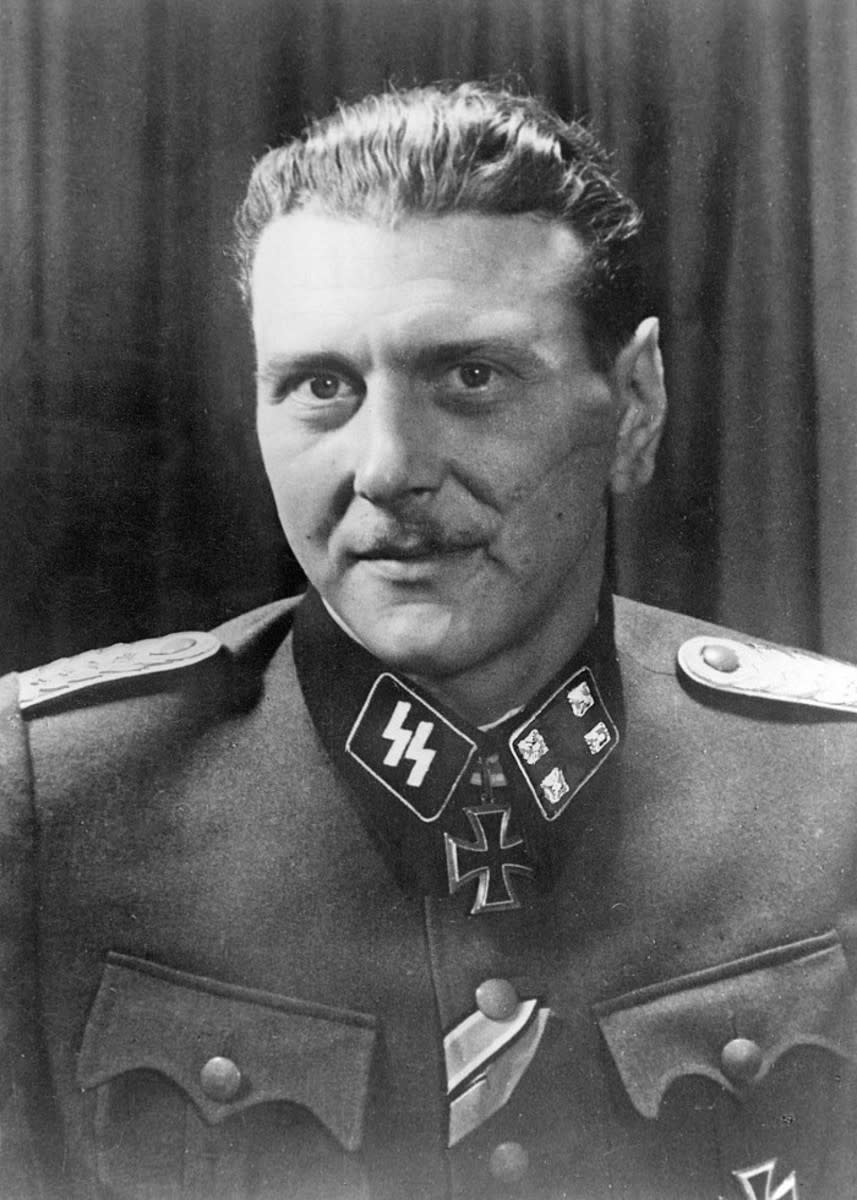Vlad Dracula, The Vampire?
It is said that the literary character Count Dracula, The Vampire, had been inspired by a real person: Vlad Tepes, the prince of Valahia (Wallachia, for English speakers.)
Dracula was created by Bram (Abraham) Stoker, an Irish writer who lived between 1847 and 1912. He might have taken inspiration from some chronicles written by the Saxon settlers in Transylvania, but his character has very little in common with the historical figure of Vlad The Impaler. Besides the name and cruel practices, it is hard to understand the metamorphose of a ruler into a vampire without knowing the historical and geographical context.
Geographical map
The real events, as well as the book actions, are situated on the land of today's Romania (Roumania). At that time, the country was divided in 3 small kingdoms, ruled by princes: Valahia or Muntenia (Wallachia), Transylvania and Moldova (Moldavia). Valahia was the southern province, Transylvania occupied the western and central part, and Moldova lied at east and south-east . The southern neighbour of Valahia was The Byzantine Empire, today's Bulgaria. During the life of prince Vlad Tepes, that territory was conquered by The Ottoman Empire, who was threatening to extend it's control over Valahia. Transylvania's western neighbour was today's Hungary, also threatened by ottomans. As far as Moldova, at that time the province had some sporadic conflicts with Poland, the northen neighbour.
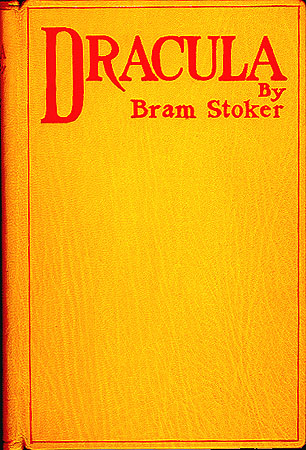
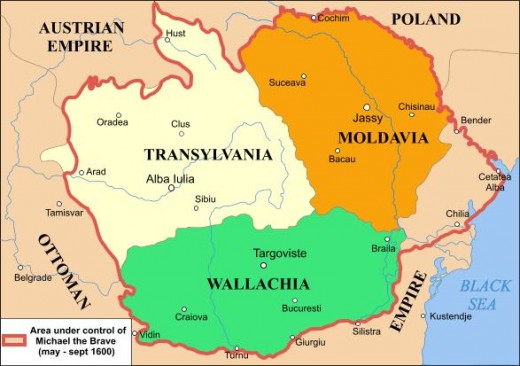
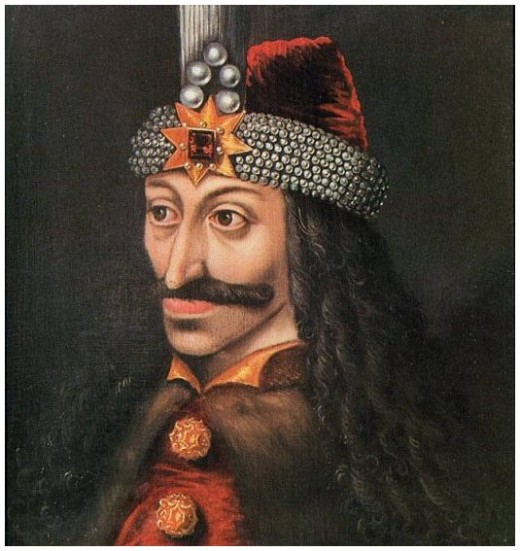
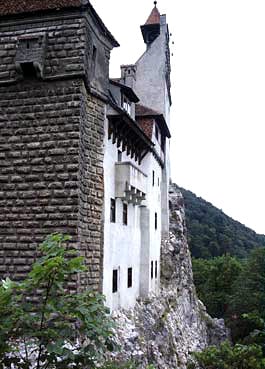
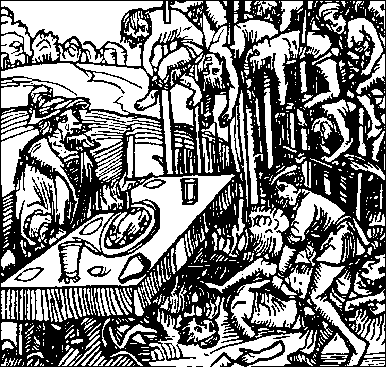
Historical context
The raise of Ottoman Empire was a scary picture for the rest of the Europe. The Turks were already in the Balkans. In 1453 they destroyed the last bastion of Byzantine Empire, took complete control over Constantinopole (later Istanbul), transforming the christian basilicas in Muslims mosques, and installing their political reign. Aiming to to extend their authority over central Europe, they used a vast array of methods for conquering, from war to corruption. On the other hand, the region that lied north of Danube and along its course, was crumbled in tiny provinces, independently ruled or under someones suzerainty. They permanently fight with each other for political and economical dominion. Valahia was the first state one in the route of Ottoman Empire toward West. If Valahia failed, nothing could stop the Turks. By the end of the 17th century, Moldova and Valahia fell under Ottoman Empire's influence and Transylvania was ruled buy Austrians.
To be a valahian prince was a very risky job. There was a constant fight between nobility factions sustaining their own pretender. And there were the Turks, constantly pushing the borders, making raids over Danube, trying to conquer the province either by force or by corruption. Most of valahian voievods only ruled from few month to few years. They ended their lives killed by rivals or died in a battle. The most fortunate ones were sent in exile.
Vlad III, also known as Vlad The Impaler, Vlad Tepes, Vlad Draculea or Dracula, is a tragic figure of history. In spite of later celebrity as Dracula, the Vampire, his story is largely unknown. Also, some parts of his life have been exaggerated or other totally ignored. Vlad III was the son of Vlad Dracul, a Valahian Voievode and Princess Chiajna, the daughter of Moldovian ruler. He was born in 1431 more likely in Shighisoara, Transylvania, after his family had been ousted by political rivals. He ruled 3 times in the course of his life: 1448, for few month, 1456 - 1462, and 1476. He was killed short after he started his 3rd reign, in a battle against the Turks. He was 45.
For his entire life, Vlad had to fight two kind of enemies: first were the boyars (nobles) who plotted against him, sustaining other candidates for the tron, and second, were the Ottoman Empire armies. He knew his enemies very well. For the purpose of keeping his position, Vlad II, the father of Vlad III, allowed his sons to be kept prisoners by Turks. It is said that the years spent locked away in captivity, being often whipped beaten and raped, had shaped his personality. His brief reign, in 1448, ended after a battle against Vladislav the II, another pretender. The second one lasted 6 years and ended after a year long fight with the armies of Mehmed the II, the sultan of Ottoman Empire. He was taken prisoner again, this time by Mathias Corvinus, the king of Hungary and had a very kind detention, being even allowed to marry, for the second time, with the king's sister. With the help of his very captor, he fought to take the tron for the third and last time. It is still unclear how he died. It must have been a battle with another pretender and a bigger fight with the Turks, who were afraid of having Vlad as prince. It is said that in his second reign, he had fought many ottoman armies, using guerrilla techniques and reserving a very cruel death for Turks soldiers. So, at no surprise would come the fact that the Turks actually killed Vlad and, it said, sent his head to Constantinopole as a proof of his defeat.
The death of Vlad Tepes did not ended the independence of Valahian state. The next rulers made deals with Ottoman Empires; it will be peace as long as the state paid a certain amount of money and other goods. Actually, this was the way the Ottoman Empire had kept many territories under its sovereignty.
The Chronicles
There are two kind of sources describing Vlad the Impaler: German stories and Russian stories. First of them where most likely written by the traders of Brasov, Germans from Saxony, established in Brasov, Transylvania. They portrayed Vlad as a very sadistic ruler who's only pleasure was to torture people. During his second reign, Vlad limited the economic privilege of this traders, favouring the ones that where loyal to him. The second type of stories had been more likely written by monks. Their description of Vlad's rulership is more anecdotal. His actions are seen as a punishment always with a moralist end.
It said that the German Chronicles are the ones that inspired Bram Stoker. However, recent theories say that Elizabeth Bathory, a Hungarian Queen, may have influenced the Irish writer, Vlad the Impaler only contributing with the name of Dracula.
In Romanian tradition, Vlad The Impaler is a very popular figure. He is often invoked when the justice fails, or when corruption takes over political affairs. Dracula, or Draculea, was his family name and has nothing to do with any vampire. Even more, in Romanian folklore vampres were marginal and almost unknown in some parts of the country.



